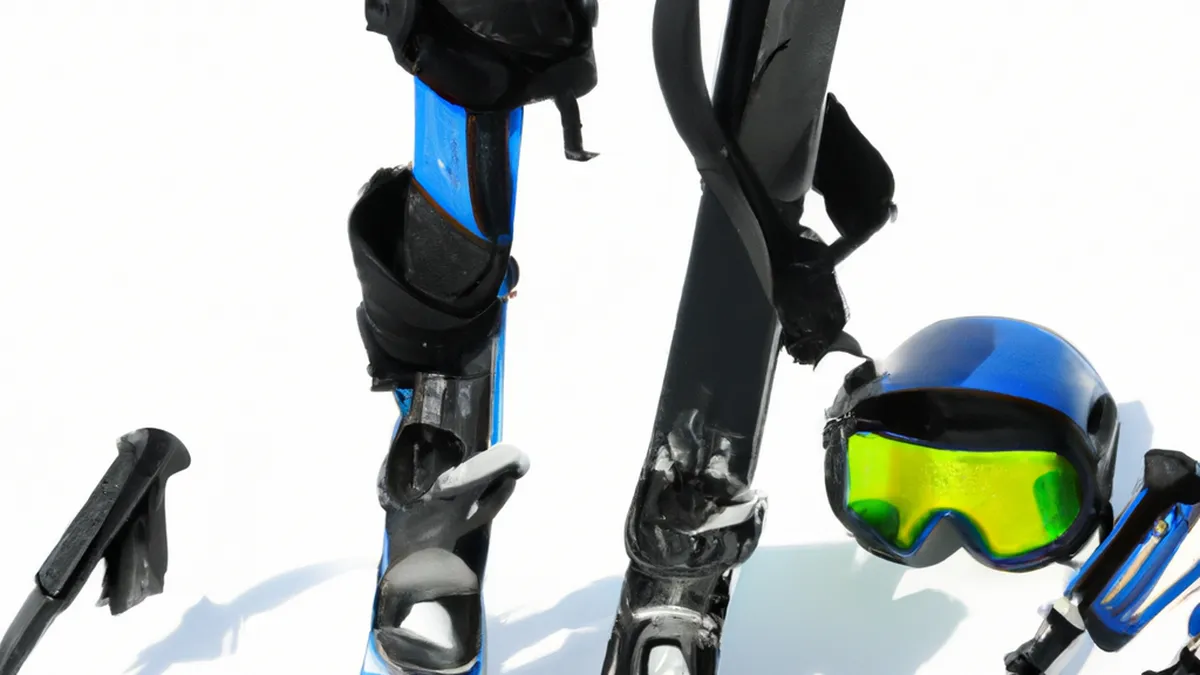Maximum Flexibility for Ultimate Ski Experience
Flexibility Routines for SkiersSkiing requires strength, endurance, and flexibility. A structured flexibility routine enhances your performance on the slopes. It prevents injuries and increases your range of motion. This blog guides you through effective flexibility routines for skiers.
Importance of Flexibility for Skiers
Flexibility plays a crucial role in skiing. It improves balance and control on varied terrains. Increased flexibility helps you recover from falls. It also enhances overall muscle performance. Therefore, incorporate flexibility routines into your training.
Essential Stretching Techniques
As an Amazon Associate I earn from qualifying purchases.
Gear tip: consider yoga mat, ski goggles, and ski helmet to support this topic.
Skiers should focus on specific muscle groups to improve flexibility. Concentrate on your legs, hips, and back. Here are effective stretching techniques:
1. Hamstring Stretch
Sit on the ground with one leg extended. Bend the other knee and place the foot against the inner thigh. Reach toward your toes while keeping your back straight. Hold for 20-30 seconds. Switch legs and repeat.
2. Quadriceps Stretch
Stand straight and grab your ankle with one hand. Pull your heel toward your glutes, keeping your knees close. Hold the stretch for 20-30 seconds. Switch legs and repeat. This stretch improves quadriceps flexibility, essential for skiing.
3. Hip Flexor Stretch
Kneel on one knee with the other foot in front at a 90-degree angle. Shift your weight forward while keeping your back straight. Feel a stretch in the hip flexor of the kneeling leg. Hold for 20-30 seconds. Switch legs and repeat. This stretch maintains a strong stance while skiing.
Incorporating Yoga into Your Routine
Yoga significantly enhances flexibility and balance. Many yoga poses target muscles used in skiing. Here are a few poses to consider:
1. Downward-Facing Dog
Start on your hands and knees. Lift your hips up and back, forming an inverted V-shape. Press your heels toward the ground. Hold for five breaths. This pose stretches your hamstrings and calves.
2. Pigeon Pose
Begin in a plank position. Bring your right knee forward behind your right wrist. Extend your left leg back, keeping it straight. Lower your torso toward the ground. Hold for 20-30 seconds, then switch sides. This pose opens your hips and increases flexibility.
3. Warrior II
Stand with your feet wide apart. Turn your right foot out 90 degrees while keeping your left foot parallel. Bend your right knee over your ankle. Extend your arms at shoulder height. Hold for 30 seconds, then switch sides. This pose builds strength and flexibility in your legs.
Tips for Effective Flexibility Routines
To maximize your flexibility routine, consider these tips:1. **Warm Up First**: Always warm up your muscles before stretching. Try light aerobic exercises for 5-10 minutes.2. **Be Consistent**: Aim for flexibility training at least three times a week. Regular practice yields better results.3. **Listen to Your Body**: If a stretch feels painful, ease off. Never push yourself too hard. Flexibility improves gradually.4. **Use Props**: Using props like straps or blocks can enhance your stretches. They provide support and help achieve better alignment.5. **Stay Hydrated**: Drink plenty of water before and after your routine. Hydration maintains muscle elasticity.
Benefits of Flexibility Routines for Skiers
A dedicated flexibility routine offers numerous benefits. First, it reduces the risk of injuries during skiing. Flexible muscles are less likely to strain or tear. Second, it enhances overall performance. Improved flexibility allows for smoother movements and better control. Third, it aids in recovery. Stretching alleviates tension and soreness after skiing.Additionally, flexibility routines enhance your mental focus. Concentrating on your body and breathing during stretches develops mindfulness. This improved focus translates to better performance on the slopes.
Conclusion
Incorporating flexibility routines into your skiing regimen yields significant benefits. You will improve your performance and reduce the risk of injuries. Consistent practice of targeted stretches and yoga poses enhances your overall skiing experience. Grab your gear and start implementing these flexibility routines. Your body will thank you both on and off the slopes!
Below are related products based on this post:
FAQ
Why is flexibility important for skiers?
Flexibility is crucial for skiers as it improves balance and control on varied terrains. It helps with recovery from falls and enhances overall muscle performance, making it essential to incorporate flexibility routines into training.
What are some effective stretching techniques for skiers?
Effective stretching techniques for skiers include the hamstring stretch, quadriceps stretch, and hip flexor stretch. These stretches target key muscle groups and help improve flexibility, which is vital for skiing performance.
How can yoga benefit a skier’s flexibility routine?
Yoga significantly enhances flexibility and balance, with many poses targeting muscles used in skiing. Poses like Downward-Facing Dog, Pigeon Pose, and Warrior II can improve flexibility and strength, benefiting overall skiing performance.















Post Comment